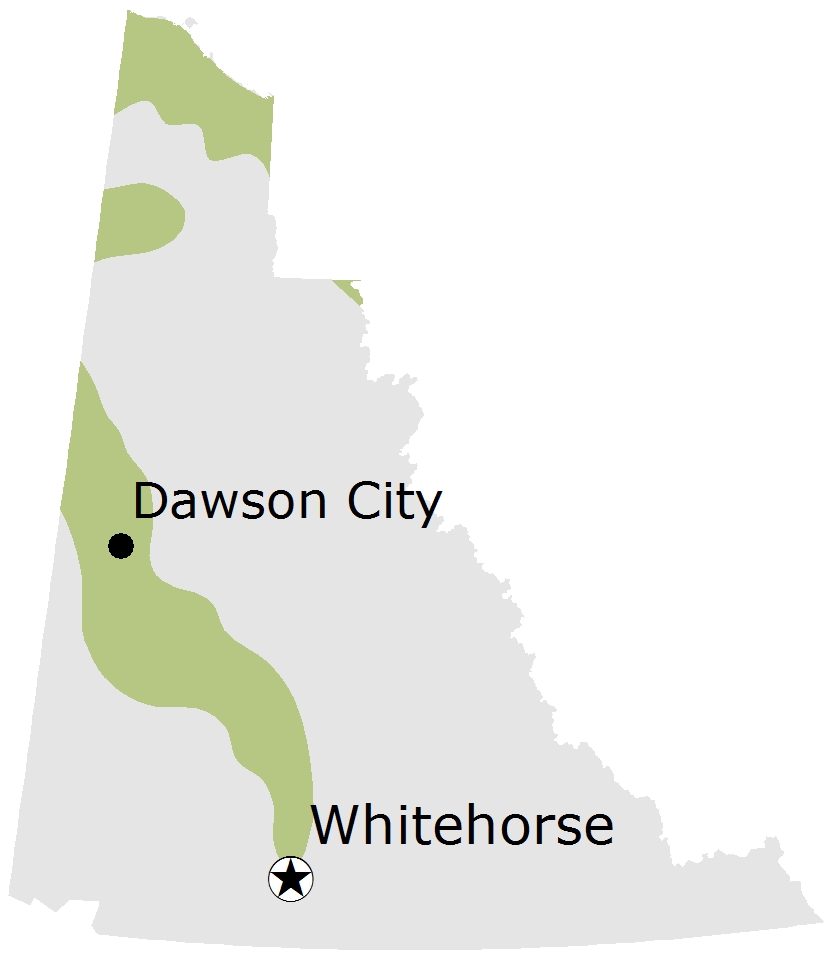
Name
- Common name: Arctic Lamprey
- Scientific name: Lethenteron camtschaticum
- Order: Petromyzontiformes
- Family: Petromyzontidae
Description
- Eel-shaped; smooth leathery skin; no scales, bones, or paired fins.
- Mouth surrounded by circular sucking disc.
- Two long, soft dorsal fins nearly continuous with each other and blending into the tail fin.
Fast facts
- Length: 10 to 35 cm
- Weight: 100 to 200 g for anadromous and 50 to 100 g for freshwater
- Habitat: Anadromous and freshwater
Conservation status
- Yukon: S4B (Apparently Secure-Breeding)
- Global: G4G5 (Apparently Secure/Secure)
Yukon population estimate
Not determined.
Behaviour
Most Arctic Lampreys are anadromous and parasitic. Non-parasitic lampreys (usually freshwater only) do not feed as adults. A freshwater, but parasitic, lamprey population is reported to exist and feed on whitefish in Ta’tla Mun, which drains into the Pelly River. Juveniles live in muddy margins and backwaters of rivers and lakes. Adults live in oceans or lakes, migrating through streams and rivers. They spawn in spring and summer on gravel riffles and runs of clear streams, out of the main channel.
Diet
Juveniles: algae, organic matter and aquatic invertebrates. Adults: parasitic, feeding on blood and body fluids of other fish.
Distribution
